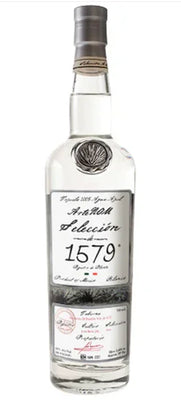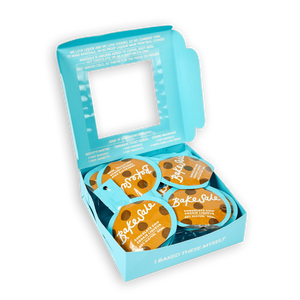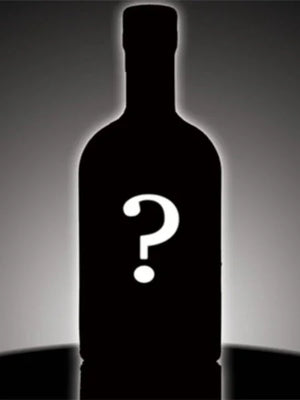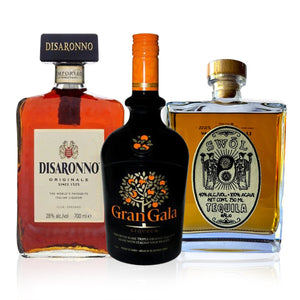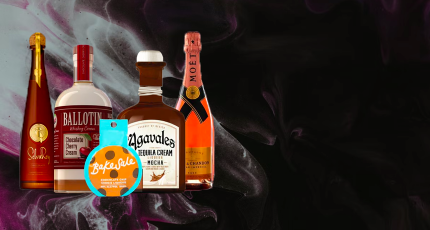Mentioning France can bring plenty of images to mind. The oak barrels that preserve the permuted cognac brandy is one such image.
Raw Material: Folle Blanche (France) Trebbiano Grape (Italy)
Also known as, Ugni Blanc in French, the Trebbiano Grape is harvested around the September-October months. High in acidity, and bitter in taste there couldn’t be a better grape than this, although Folle Blanche is also used to make Cognac. The resulting wine contains 10-percent alcohol before further floral tastes are added via distillation.
Evaporation of Wine

The first phase uses curvy copper stills to heat the liquid before storing it in cooling tanks. The second phase sieves the liquid into three parts, which are again stored in cooling tanks. The process continues until a complete liquid substance “eau de vie” is formed with 70 percent non-consumable alcohol. The distillation process must be completed by March 31 as per French law.
Blending and Aging Cognac
Large Foudres barrels are used to blend the “eau de vie” with appropriate flavor and color. Amazingly, these barrels can last up to 100 years. People call this a vintage drink because French law requires there to be a 40 to 70 percent alcohol content for Cognac, and it takes approximately 40 years to reach this concentration. Small barrels are used only if a percentage of eau de vie is left for blending after continuous evaporation.
Determining Different Cognac by Label
VS Label: Two Years Old Cognac
VSOP Label: Four Years Old Cognac
XO Label: Normally Six Years Old Cognac. Some classification methods use this label for 20 years old Cognac.
You don’t always need to worry about all these minute details, for online liquor stores usually indicate the age of the specific drink.



